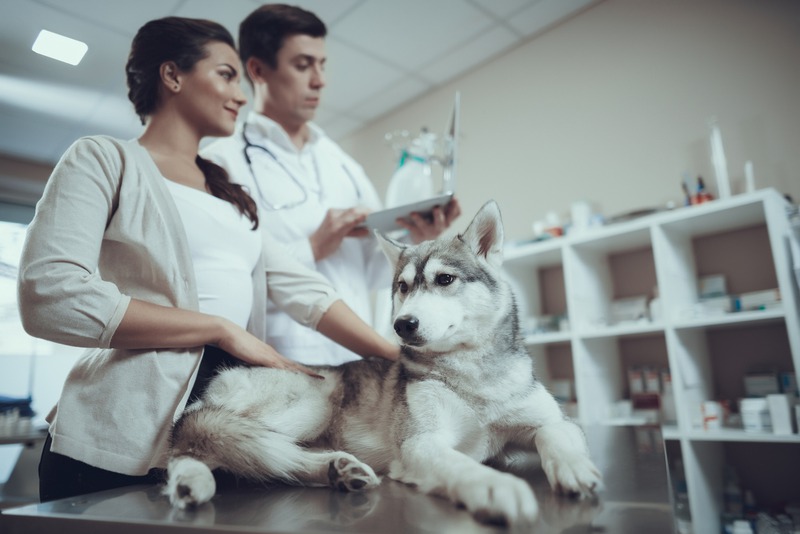Have you ever wondered what goes on behind the scenes at a full-service vet hospital […]
When Do Common Pet Illnesses Become Emergencies?
As pet owners, our furry friends are like members of our family. We cherish their […]
How Can I Keep My Pet Calm During a Vet Visit?
Vet visits can be a stressful experience for pets. The unfamiliar environment, strangers, and the […]
What Are the Basic Veterinary Services Every Pet Needs?
Every pet owner understands the immense joy and companionship that a healthy pet can bring […]
Which Symptoms Indicate a Vet Emergency for My Pet?
As a pet parent, you know your furry friend better than anyone else. You’re familiar […]
What Should I Ask My Vet During a Check-Up?
Visiting the vet for a routine check-up is the cornerstone of preventive healthcare for your […]
How Can Lab Tests Improve My Pet’s Health?
As a devoted pet owner, you always look for the best ways to ensure your […]
How Safe Is Laser Therapy in Vet Dentistry?
Our pets sometimes need dental care, just like humans. Veterinarians now often use laser therapy […]
How Can Full-Service Animal Hospitals Offer Comprehensive Care?
When it comes to taking care of your furry, feathered, or scaly family members, full-service […]
What Are the Most Important Vet Services for Your Pet?
Pets are not just animals; they are cherished members of our households who depend on […]









